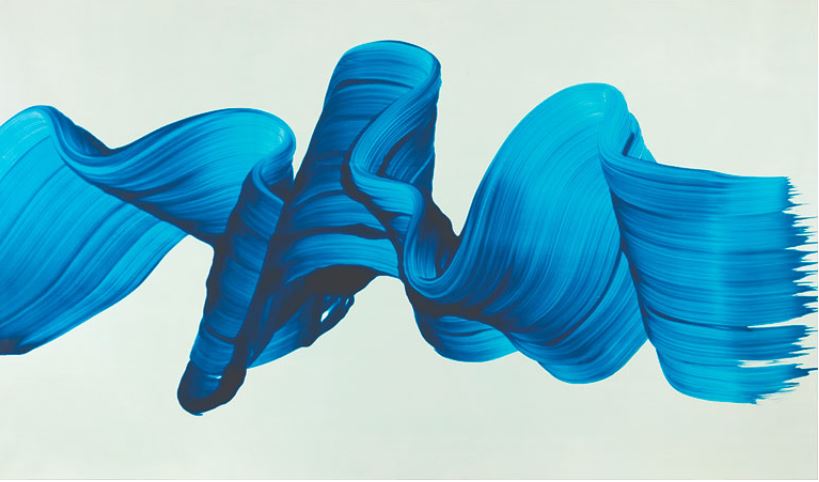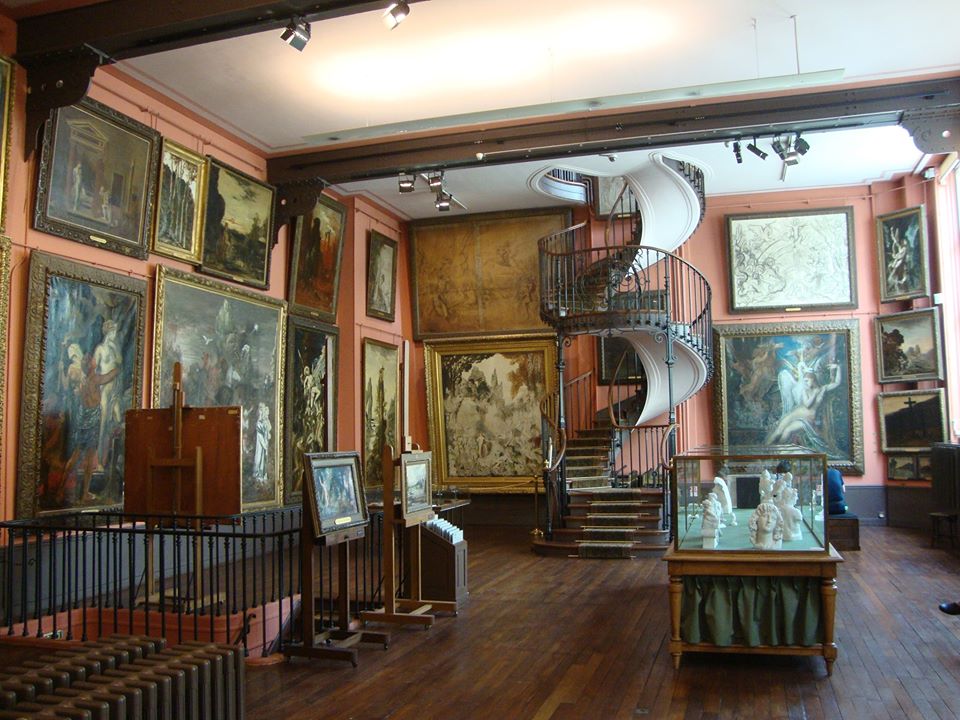This is a reprint of my remarks about “Nares : Moves” a special exhibit presented at the Milwaukee Art Museum from June 14 through October 6, 2019. This originally appeared on my Facebook timeline October 6, 2019.
Nares : Moves was the featured exhibition at the Milwaukee Art Museum from June 14 through October 6, 2019 in the Baker/Rowland galleries. Unlike traditional retrospectives that follow an artist’s career chronologically, to best display Jamie Nares work, the MAM arranged it in related media or content or styles. Every piece here displays a fascination with motion. And he is quoted in the accompanying brochure: “Things in motion, motion in things”. Some work better than others. And Nares is a student of this era and also representative of a number of movements from her half of the 20th Century.

There are any number of videos throughout the exhibit and they all examine motion in one form or another. But there aren’t people in them. They focus on concrete balls that are free range filmed rolling down ramps or suspended from steel cables to act as a pendulum. The people who happen to appear are unintentional or are acting to make the movie or moving the objects. Incidentals.
Or appendages…as they appear…waving ribbons…snapping fingers…waving in repeated motions…so the motions and shadows are captured on film. And often time and motion are distorted or manipulated by playing with the film speed…Nares loves slo-motion in its own right.
There is one major exception to the no people as actors…it’s a longer film taken as continuous street scenes…where the people don’t know they are actors…and the camera is simply a voyeur…and again slo-motion exaggerates and distorts the sense of motion. This film is also manipulated a bit as it seems that Nares focused on the street people and cut out portions that were intersections or building-scapes.
The entire thing brought to mind early videos of Andy Warhol who often pointed cameras at buildings and let them run on for hours. Or some of his screen tests where his friends or stable babbled or did mundane things without any real context or dialogue. In both Warhol and Nares we seen change and motion…but to the modern sensibility nothing is happening. Nares utilizes sound but it isn’t what you would consider a soundtrack…and it varies…but it helps establish a sense related to the visuals. The footfalls chasing the concrete ball with the camera as it rolls away from him is compelling.
One film in the pendulum room showed Nares signature concrete ball being used as a pendulum. This went on for quite some time and was shown from a number of angles and lighting effects (all natural light). The film is so grainy that if it hadn’t been depicting the motion of the pendulum and been simply a screen shot or stop action photo, it could easily have been one of Georges Seurat’s black crayon drawings.
Nares also did a number of photographs that depict the human figure in motion using time lapse photograph. Any number of Polaroids and Cibachrome photos where we see the figure moving through space, overlapping its own features, and trapped in amber so to speak. The figures are anonymized as the faces are never shown. A rather unique and perhaps modern take on Eadweard Muybridge’s own stop action motion studies, but all in one rather than in series. With the time lapse overlays, Nares has made his more interesting and they feel far more sculptural.
I spent some time in the room labelled Portraits. As I observed the portraits, a lot of people just walked right though the room. But you had to observe these portraits, not just look at them. The theme here is ‘moves’. And if you stand and observe the portraits, you realize that they aren’t photographs of head shots. They again are slo-motion videos and if you stand and observe you will notice a face shift from somber to smiling or eyes blink closed and open or hands clasp and unclasp. The result is far more a portrait than a typical portrait photograph.
I am not sure I appreciate Nares as a painter. Her high-speed paintings seem more gimmick than art. Large pieces of paper are taped around a cylinder and then rotated. As they rotate Nares applies paint to the paper until she is satisfied with the result. And the final painting is a long horizontal painting with horizontal lines in the selected variety of color, thickness, or waviness that didn’t tell me anything. More an experience to do than to see.
And her large waves of color paintings have all of the pop and flare and color and craftsmanship of pop art of the period. Pretty. Unobtrusive. Not memorable. Maybe a little bit cold. I didn’t enjoy them.
And the spotted leopard skin paintings? What?
To close, let me share these quotes from the brochure by contemporaries describing their paintings:
Frank Stella: “What you see is what you see”.
James Nares: “What you see, is what was there”.
More info on the show with video and audio items on MAM site here!


